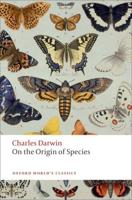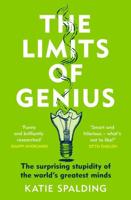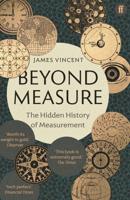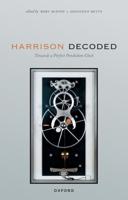Publisher's Synopsis
Albert Einstein and Erwin Schrodinger were friendsand comrades-in-arms against what they considered the most preposterous aspectsof quantum physics: its indeterminacy. Einstein famously quipped that God doesnot play dice with the universe, and Schrodinger is equally well known for histhought experiment about the cat in the box who ends up spread outin a probabilistic state, neither wholly alive nor wholly dead. Both of thesefamous images arose from these two men's dissatisfaction with quantum weirdnessand with their assertion that underneath it all, there must be some essentiallydeterministic world. Even though it was Einstein's own theories that madequantum mechanics possible, both he and Schrodinger could not bear the ideathat the universe was, at its most fundamental level, random.As the Second World War raged, both men struggled toproduce a theory that would describe in full the universe's ultimate design,first as collaborators, then as competitors. They both ultimately failed intheir search for a Grand Unified Theorynot only because quantum mechanics istrue but because Einstein and Schrodinger were also missing a key component: ofthe four forces we recognize today (gravity, electromagnetism, the weak force,and the strong force), only gravity and electromagnetism were known at thetime.Despite their failures, much of modern physicsremains focused on the search for a Grand Unified Theory. As Halpern explains,the recent discovery of the Higgs Boson makes the Standard Modelthe closestthing we have to a unified theorynearly complete. And while Einstein andSchrodinger tried and failed to explain everything in the cosmos through puregeometry, the development of string theory has, in its own quantum way, brought












